
(SPOT.ph) Home tours currently have us obsessed on YouTube—but if you’ve gone down the rabbit hole, we’re sure you’ve expanded binge-watching to tips and tricks as well. Take Slater Young’s channel, for example. Here, the once-actor turned engineer and vlogger gives some solid advice on constructing, designing, and maintaining your dream home. If his and wife Kryz Uy’s house, the Skypod, is anything to go by, he definitely knows his stuff! We round up a couple of indispensable tips—from more general ones to practical hacks you might not have heard of—below.
Also read: Slater Young Is Working on "Skypod 2.0" and It's an Absolute Dream
Take note of these practical house tips from Slater Young’s YouTube channel:
Yup, architects are an absolute must.
The first person to look for when officially beginning work on your dream house is an architect. We know there are times people depend solely on a foreman to cut costs but take it from an engineer, the architect is indispensable. "Pick an architect that is flexible, that is able to mold their desires to give you a beautiful home and your desire to have a livable home," he said. Young shared that for the Skypod, they spent an equal time planning for it as they did actually building it, around 10 months each. This helped them not just in terms of building a beautiful, safe and secure home, but also to avoid on-site changes, a.k.a. those super costly last-minute decisions while already building.
Pro tip: You can gauge how much your house will be based on the size.
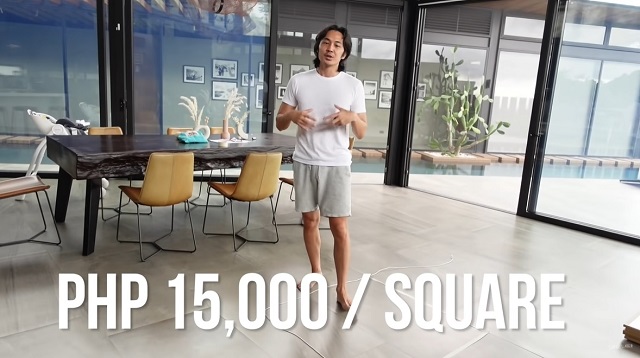
Young offered this benchmark for costing, in case you are on the feasibility stage of building your dream home (Read: saving up enough money). Typically, the cost of building a house is estimated based on how big it will be. “To have a rough guide, ang ginagawa namin palagi as builders is to give you a per-square-meter estimate so you have an idea of how your budget fits,” said Young. That benchmark will change depending on how high-end your house will be, i.e. the materials you want to use and features you want put in. A typical house “is P15,000 per square meter,” he said, saying that this example would be for a very basic dwelling (no paint, no tiles, and other finishings). “It goes higher from there as you finish the house.”
Inverters are the way to go.
Are you finally at the stage where you’re buying appliances? We’re sure you’ve noticed the “inverter” tags on appliances, alongside higher price tags. This is where the importance of investing comes in! When Young tested out the energy consumption of the appliances in the Skypod, he found that opting for inverter appliances—which employ energy-saving tech—really does help! “It’s usually more expensive up front but it saves you I think 30, 40% more energy so in the long run, it actually saves you money,” he said. Best to get inverter appliances for stuff you’re sure to use daily.
Sign that tile.
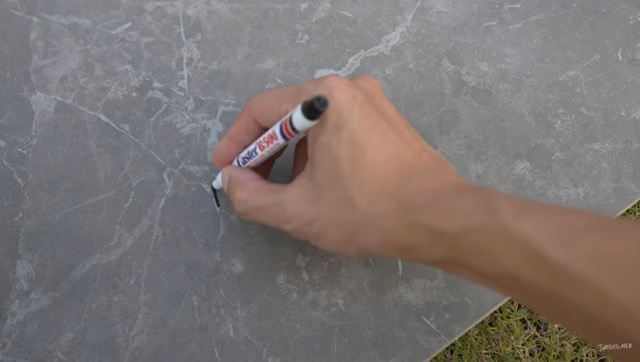
Here’s an uber-practical tip to make sure you get what you ordered. Once you’ve chosen the tile you want at the shop, ask for a sample of it then sign that specific tile and have the sellers sign it, too. It is very important to keep the sample with you! “Paminsan, I’ve heard horror stories na pagdating dito, 'yong tiles, iba. And there [are] arguments na ‘Hindi. Ito 'yong pinili mo e.’” Plus, Young adds, try to buy around 5% to 10% tiles more than you need to keep as backup. That way, you won’t have to scour the shops to look for the exact same tile should you need it sometime down the road.
Don’t put the air-conditioner directly above the bed.
We know how tempting it is to direct all the cool air to yourself, but as Young points out, it’s a little awkward to be staring up at a big, clunky machine while trying to sleep. “Paminsan nagle-leak or may mga droplets of water,” that fall straight on you. And, if you’re anything like him, “I can’t sleep when the wind is blowing straight to me.” Probably best to think twice about where to put your air-conditioning unit!
Window grills have pros and cons.
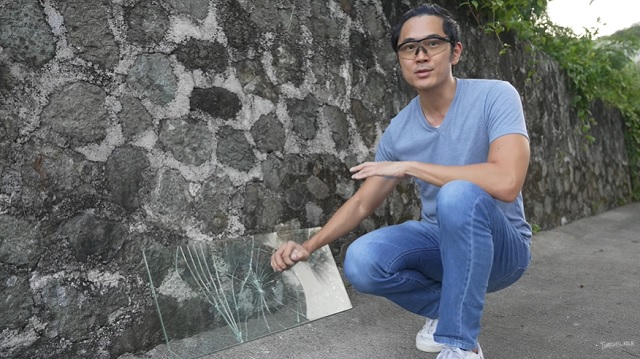
Young gave some cool tips to remember when it comes to windows in a video about home security. For awning windows that open outward, make sure to limit it to a maximum of four inches so no one can slide in. For sliding windows, you can put a rod in the track—of equal length—as an added lock. And as for those grills you typically see on windows? It might be useful for stopping people from breaking in, but “that is also a fire hazard.” Best to keep the windows usable as an emergency exit! Instead, you could put a security film over the glass to keep it from shattering should anyone try to break in.
Solar lights are your best friends outdoors.
There are solar lights all around the Skypod, explained Young, as a security measure. He put up two kinds: motion-sensing ones and more in the garden that are on throughout the night. This is especially useful for houses with large grounds. And the best part about using solar lights is that they turn on automatically so that you don’t need an actual person to light them up. That way, "It always seems like someone's home." A useful deterrent for would-be robbers.
Avoid stains by protecting outer walls from rain.
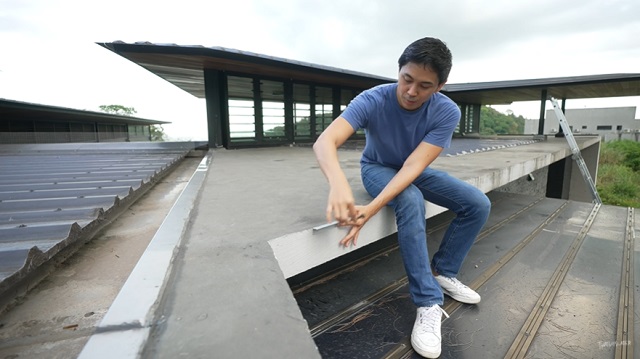
We’re sure you’ve seen some modern-style houses covered in water stains. Young has a pretty clever suggestion for that: put in angle bars to keep rain from dripping over the roof’s edge. Think of it as a mini-awning for your outer walls. And if you don’t like the look of bolts all over your roof’s perimeter, do it Slater Young-style and use construction glue!
Feminine wash makes for great leather cleaners.
White vinegar is your best friend when it comes to cooking, cleaning, and getting rid of odors—but we get it if it seems a little too strong for leather furniture. Take it from the Youngs! They clean their massive white-leather sofa by rubbing it down with water and feminine wash, as advised by their friend who sold them the couch. You can even amp things up by using a soft drill brush like Young does. And for particularly hard stains, such as when Kryz Uy got hair dye all over the leather cushion, they used hairspray and water. Vodka could also be used, added Young. Don’t forget to use leather sealant after.
Don’t repair cracks in a new home ASAP.
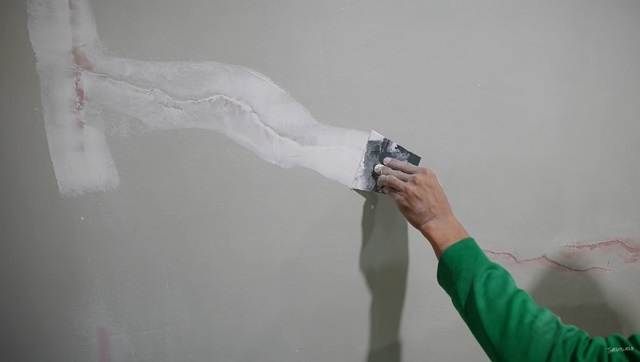
This one is counter-intuitive, Young admits, but don’t rush to fix cracks in your new home right away! “The house is still settling,” pointed out the engineer. The soil could still be adjusting to the new weight or there could be outside factors such as construction causing these cracks, which means that “These are typically superficial cracks.” They’ll just keep on coming back if you repair right away. Best to wait around three or four years, he adds as the house “is still breathing and moving.” But if you’re under warranty or would simply feel safer repairing right away, then go for it!
[ArticleReco:{"articles":["87140","87131","87126","87130"], "widget":"What Everyone's Reading Now"}]
Hey, Spotters! Check us out on Viber to join our Community and subscribe to our Chatbot.
Source: Spot PH
No comments:
Post a Comment